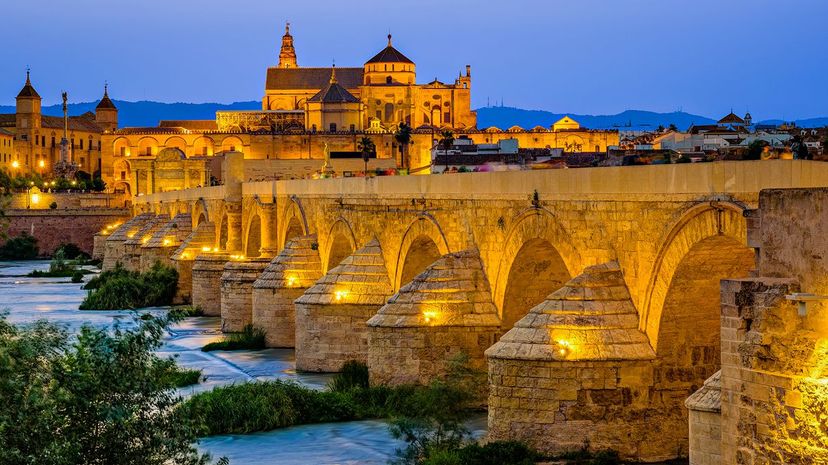
About This Quiz
Beginning in prehistoric times and reaching up until today, an amazingly wide range of cultures have called Spain home. History was written on the walls of caves tens of thousands of years ago, and many archaeologists believe that southern Spain was the last refuge of the Neanderthals (or "cavemen") fleeing our ancestors.
In the Middle Ages, Muslim and Christian rulers vied for control of the Iberian Peninsula (modern day Spain and Portugal), leading to devastating conflict alongside the remarkable cultural fusion that's still evidenced today in Spain's art, architecture, literature and more. Keep reading to see how much you know about Picasso, flamenco, the Camino de Santiago and other hallmarks of life in Spain.
During the Age of Exploration, Spanish explorers discovered and mapped much of the New World (at least for Europeans), and Spain became a powerful colonial empire with territories as far-flung as the Netherlands, the Philippines, Canada and Peru. From the Celts to the Romans to the Catholic Habsburg monarchs to the dictatorship of Francisco Franco all the way to modern democracy, Spain has seen governments nearly as diverse as its geographical regions. So what are you waiting for? Bueno, ¿qué estás esperando?" Start scrolling down to test your knowledge! ¡Buena suerte!
Advertisement
Advertisement
Advertisement
Advertisement
Advertisement
Advertisement
Advertisement
Advertisement
Advertisement
Advertisement
Advertisement